Apple supplier drowns in red ink for the 11th consecutive quarter
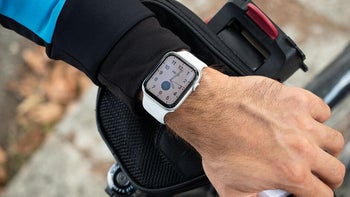
According to Reuters, Japan Display, the company that Apple uses to source LCD panels for certain iPhone and iPad models, reported its 11th consecutive quarterly net loss. For the three-month period between July and September, the company lost $233 million compared with the $71.7 million loss it reported during the same quarter last year. The company relies on Apple for more than half of its business and with the manufacturer using OLED panels on two of its 2018 and two of its 2019 handsets, JDI isn't getting the same amount of business from Cupertino that it used to.
Japan Display also was late out of the gate developing OLED panels, so as far as Apple is concerned it ended up giving up this business to Samsung and LG. And next year, all three 2020 iPhone models will reportedly sport OLED. However, in an odd twist, JDI does supply Apple with the AMOLED screens that are used on the Apple Watch Series 5. In addition, the rumored iPhone SE 2, based on the design of the iPhone 8, might also use Japan Display's LCD panels. Reliable TF International analyst Ming-Chi Kuo expects Apple to sell 20 million units of this model by the end of 2020. Earlier this year, Apple moved some of its LCD production out of China and turned it over to Japan Display in an attempt to sure up its business.
Japan Display's new CEO says that the company turned a profit last month
The display maker had agreed to a $729 million bailout earlier this year, but an investment firm named Harvest backed out. Now, JDI is trying to raise $470 million, although it isn't clear whether that amount includes $200 million that Apple is investing in the firm. Hong Kong firm Oasis remains an investor and is expected to pony up $150 million-$180 million. To help Japan Display make it through these hard times, Apple has been paying the company's invoices using shorter payment periods.
There could be some good news on the horizon though. JDI's new CEO, Minoru Kikuoka, says that the company turned profitable in October. Last month, Kikuoka said that the price advantage that LCD has over OLED will keep JDI in the smartphone business through 2021. That gives the executive a year to decide whether or not to make a full commitment to OLED. The CEO says that "The industry is now gaining a new appreciation for the kind of price competitiveness offered by the LCDs."
Japan Display first ran into trouble during 2014-2015 when the iPhone 6 and iPhone 6 Plus were released with a new design and larger-sized LCD panels. Japan Display decided that its good fortune would run forever and took $1.5 billion from Apple to help build a new factory. Apple was supposed to be repaid from revenue that Japan Display generated from sales of its LCD screens. The latest report shows that the plant is running at only 50% capacity in large part due to Apple's decision to use OLED on some (and soon all) iPhone models. And it isn't just Apple's switch that has hurt JDI. In 2015, the company sourced 33% of the screens on Huawei phones. That figure is now down to less than 4%. Besides having to deal with manufacturers turning to OLED, Japan Display is facing tough competition from other LCD suppliers like BOE Technology and Tianma Microelectronics.
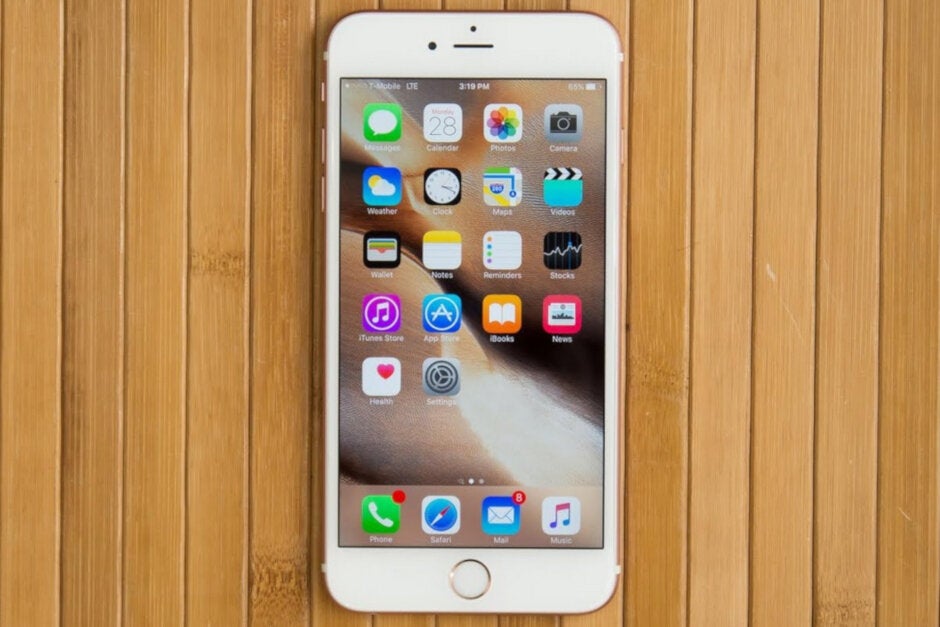
Japan Display decided to build a $1.5 billion LCD factory after Apple released the iPhone 6
While in retrospect spending $1.5 billion on a new factory was a very silly thing to do, at the time the decision was made, it was the correct call; after all, Apple also wanted the factory built as evidenced by the money it lent to JDI. The latter's problems all come back to its decision to enter the OLED market too late.








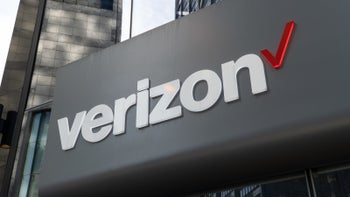

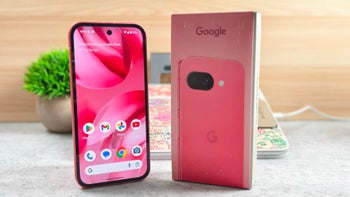
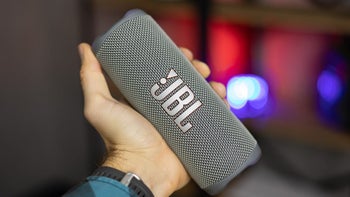
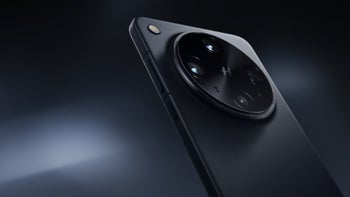
Things that are NOT allowed: